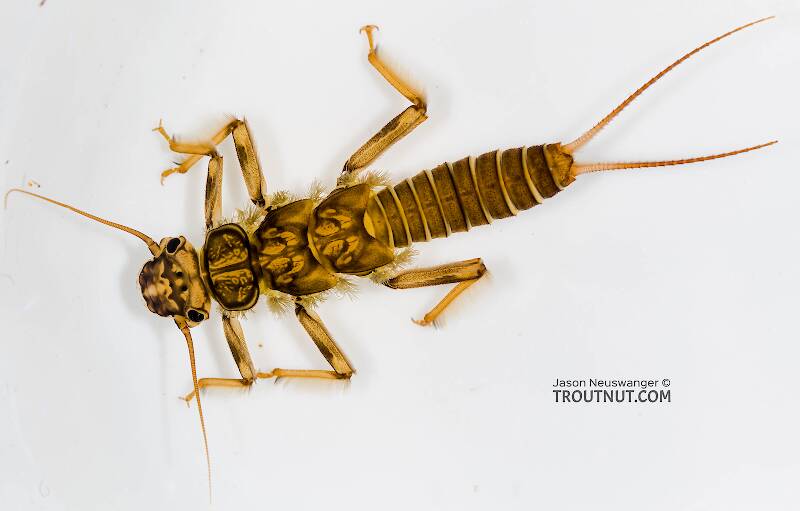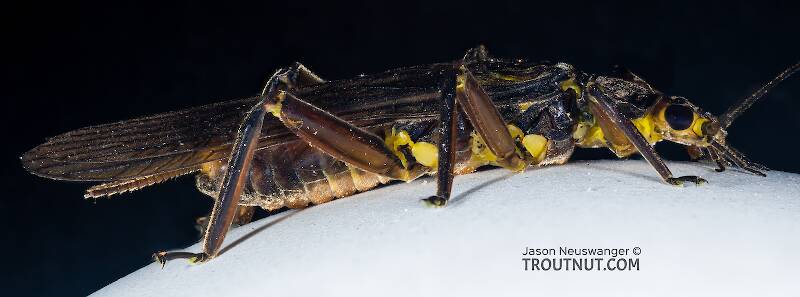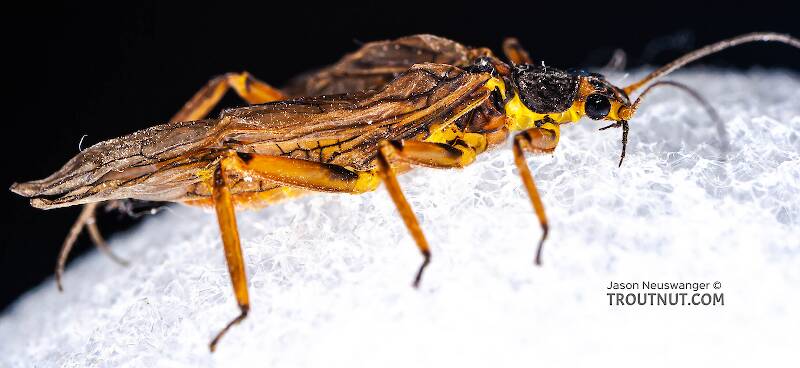
Hex Mayflies
Hexagenia limbata
The famous nocturnal Hex hatch of the Midwest (and a few other lucky locations) stirs to the surface mythically large brown trout that only touch streamers for the rest of the year.
Featured on the forum

Troutnut is a project started in 2003 by salmonid ecologist Jason "Troutnut" Neuswanger to help anglers and
fly tyers unabashedly embrace the entomological side of the sport. Learn more about Troutnut or
support the project for an enhanced experience here.
Identification: Key to Species of Agnetina Adults, Couplet 1
Identification: Key to Species of Agnetina Adults, Couplet 1
Adapted from Stark et al (1986)
| Option 1 | Option 2 |
|---|---|
Femora transversely banded 
| Femora longitudinally banded 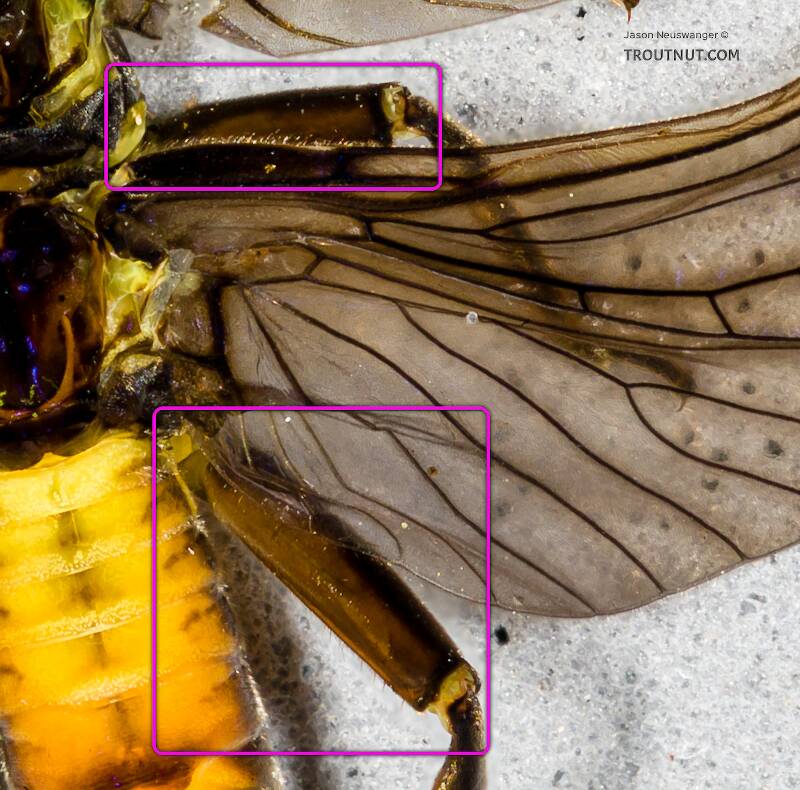


|
Male hemitergal process foot-shaped with long slender ankle and toe 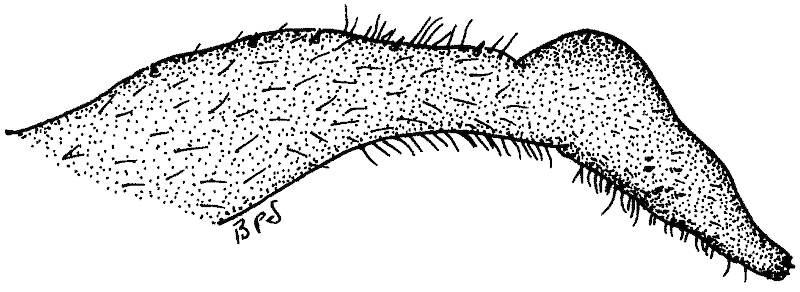
| Male hemitergal process either with toe blunt or ankle short 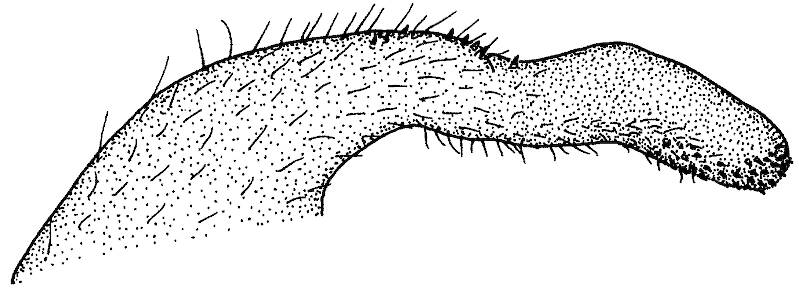

|
Female subgenital plate truncate, dark pigment covers sternum 8 in continuous mesal band 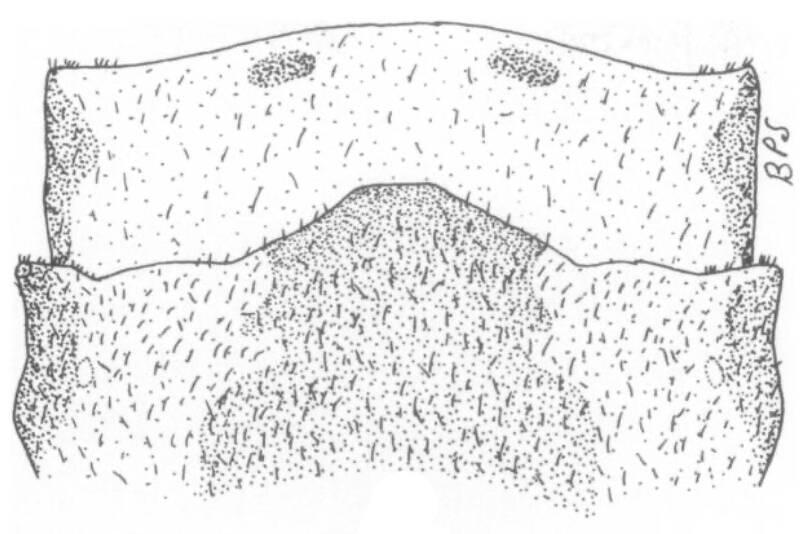
| Female subgenital plate rounded with areas of basolateral dark pigment 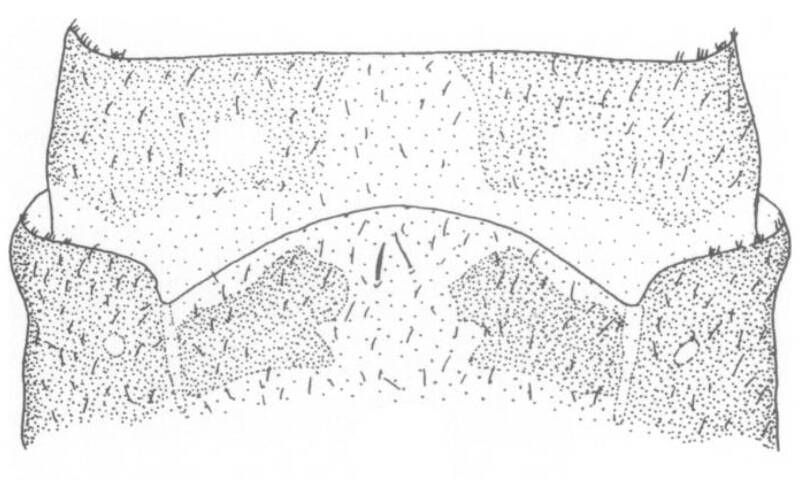
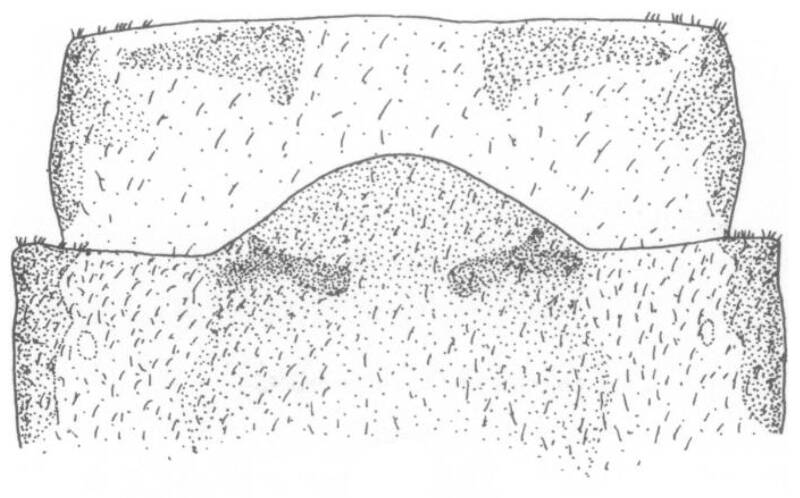
|
| Remaining species: Agnetina capitata and Agnetina flavescens | |
2 Example Specimens | |
| Agnetina annulipes | Go to Couplet 2 |
Adapted from Stark et al (1986)
The current couplet is highlighted with darker colors and a icon, and couplets leading to this point have a icon.
Couplet 1 (You are here)
Leads to Agnetina annulipes:
- Femora transversely banded
- Male hemitergal process foot-shaped with long slender ankle and toe
- Female subgenital plate truncate, dark pigment covers sternum 8 in continuous mesal band
Leads to Couplet 2:
- Femora longitudinally banded
- Male hemitergal process either with toe blunt or ankle short
- Female subgenital plate rounded with areas of basolateral dark pigment
Couplet 2
Leads to Agnetina capitata:
- Ventral margin of femora dark forming mesal yellow window
- Apical portion of male hemitergal process long and sinuate, toe bluntly rounded
- Dark pirgment areas on female sterna 8 and 9 large quadrangular
Leads to Agnetina flavescens:
- Ventral margin of femora light
- Swollen area of male hemitergal process adjacent to foot obscuring ankle area
- Dark pigment areas of female sterna 8 and 9 not quadrangular
Start a Discussion of this Couplet
References
- Stark, B.P. 1986. The Nearctic Species of Agnetina (Plecoptera: Perlidae). Journal of the Kansas Entomological Society 59(3): 437-445.


